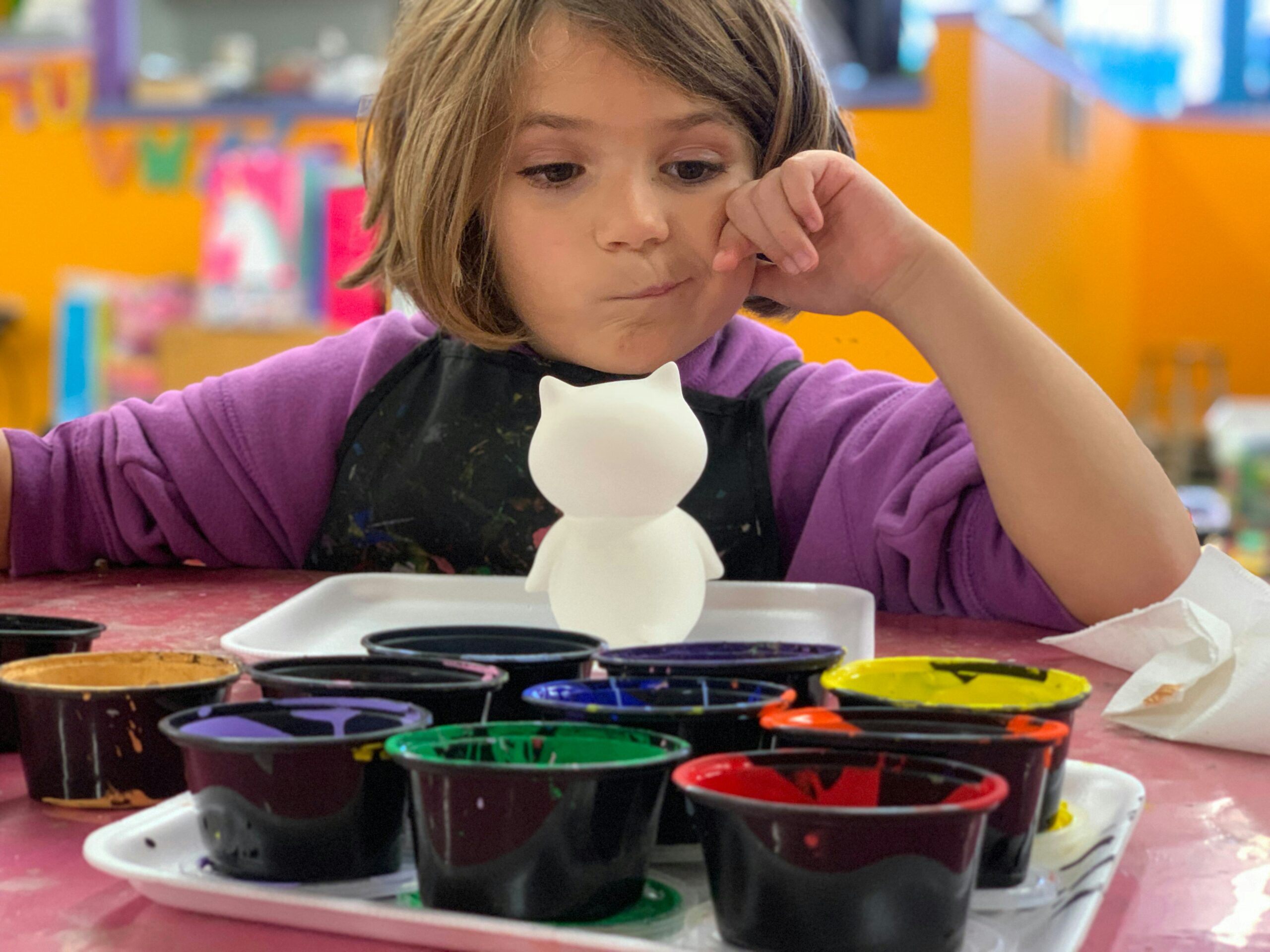The early years of a child’s education play a critical role in shaping their curiosity, confidence, and love of learning. Parents seeking more than a traditional preschool experience often look for teaching models that prioritize creativity, collaboration, and emotional development. Among these, the Reggio Emilia Approach stands out as a respected, child-centered philosophy that continues to gain attention in early learning communities. Parents interested in a nurturing, inquiry-based setting often explore the programs available at a KLA Schools learning center.
A Child-Centered Philosophy Rooted in Relationships
The Reggio Emilia Approach began in the northern Italian town of the same name shortly after World War II. Local educator Loris Malaguzzi and a group of parents believed that education could serve as a foundation for a better society. Their philosophy is centered on the idea that children are capable, curious learners who construct knowledge through interaction with their environment, peers, and teachers.
This method differs from conventional models by encouraging the child to lead their own learning path. Instead of rigid schedules and one-size-fits-all lessons, the Reggio Emilia Approach values flexibility and responsiveness to each child’s interests and questions. Teachers listen closely and observe attentively, guiding learning through open-ended experiences that honor the child’s voice.
The Role of the Teacher as a Partner
Teachers in Reggio-inspired classrooms serve as collaborators rather than traditional instructors. They do not dictate what children must learn or how they must behave in order to succeed. Instead, educators support children as co-learners, helping them explore topics that arise naturally during play and inquiry. This partnership creates trust, encouraging children to take intellectual risks and explore ideas in meaningful ways.
Educators also take on the role of researchers. They carefully document children’s progress through photos, journals, and displays that showcase the learning process. This visible record allows for continuous reflection and promotes shared understanding among parents, teachers, and children.
Environments That Inspire Exploration
In Reggio Emilia-inspired schools, the environment is often called the “third teacher.” Every aspect of the classroom—from the arrangement of materials to the use of light and space—is designed to provoke curiosity and foster independent thinking. Natural elements like wood, plants, and open-ended materials encourage exploration and creativity.
Rather than cluttered walls or themed decorations, you’ll find thoughtfully arranged stations and displays that reflect children’s work and current interests. Children have access to materials such as clay, paint, fabric, and loose parts, which allow them to express their thoughts in multiple ways. These artistic expressions, called the “hundred languages of children,” are central to the Reggio Emilia philosophy.
Key Benefits of the Reggio Emilia Approach
Children educated under this model often develop strong social skills, emotional intelligence, and the ability to think critically. The approach supports holistic development and helps children learn how to solve problems, work collaboratively, and communicate effectively.
Some core advantages include:
- Personalized learning that adapts to each child’s pace and interests
- Enhanced creativity through hands-on, open-ended projects
- Stronger communication as children express ideas through multiple mediums
- Greater confidence from being trusted and supported in decision-making
- Collaborative values developed through group projects and discussion
This educational experience doesn’t just teach facts. It fosters lifelong learners who feel confident in their ability to question, investigate, and contribute.
Choosing a School That Aligns With Your Values
Selecting the right learning environment can feel overwhelming. Progressive parents who prioritize emotional well-being, creativity, and individualized attention often find that the Reggio Emilia Approach reflects their values. When researching schools, observe how staff interact with children, ask about how projects are chosen, and look for evidence of documentation and meaningful play. These details can help you determine if the program truly follows Reggio principles.
Parents looking for a modern learning environment built on these ideas often consider programs like those offered by a KLA Schools learning center, where child-centered education takes a thoughtful and structured form.
Discover the Right Beginning for Your Child
Early learning is more than preparing for kindergarten. It’s about helping your child become confident, curious, and engaged with the world around them. If you’re searching for a preschool that respects your child’s voice and nurtures their natural desire to learn, exploring a Reggio Emilia-inspired program may be the right step forward. Take the time to visit schools, ask questions, and observe how children learn—you’ll quickly see how powerful this approach can be.



Comments